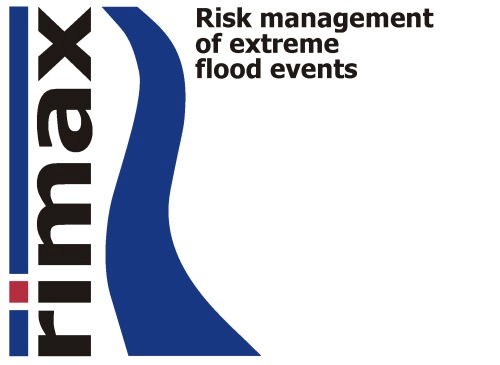
operational discharge and flooding predictions in head catchments

|
OPAQUE - |
Operationelle Abfluss- und Hochwasservorhersage in
Quellgebieten operational discharge and flooding predictions in head catchments |
Uncertain precipitation prediction for these areas, deficits of the used hydrologic models in the description of the discharge formation on this scale and the lack of reliable procedures for the identification of critical catchment conditions such as soil moisture and snow cover conditions are considered as primary reasons for the uncertainties in the operational prediction of floods in headwaters at present practice. From this realization in connection with the aim of improvement of early warning (concerning place, time, quantity and intensity of the event) and flood management (concerning storage control, damage warning, alarm plans) the focuses (work packages) of the project result:
The flood warning and prediction system which will be developed is a multi-level arranged combination of different warning modules: At the beginning for the selected test sites upper Danube, upper Iller, Goldersbach and Weißeritz a early warning over flood actuating weather conditions stands, followed by a long-term prediction of station precipitation based on adapted climatological downscaling. The catchment soil moisture and snow conditions are to be determined furthermore by a combination of innovative TDR technology, geo-radar and radar remote sensing with a suitable land surface model (working package 1).
In working package 2 the estimation of the flood-relevant precipitation field for the simulation mode as well as a short term (duration of 2-3h) prediction of the local precipitation situation takes place by means of combination of precipi- tation radar and ground observation. In this connection a learning tool is developed for the automatic error correction of the LM fore-cast for the prognosis period from 3 to 48 hours. At the end of the warning chain the prediction of the flood discharge from the affected areas stands, using the starting and boundary conditions of precipitation and catchment, won before (working package 3). In the working package 4 based on improved prediction of precipitation and discharge, the possibility of reducing the flood risk downstream from the dams trough optimal control mechanisms, is being analyzed. The likely ensuring damage is then quantified the different users (flood protection, drinking water supply, low water replenishment, energy production, tourism) and the downstream communities, in order to achieve a control mechanism resulting in as little damage as possible. The working package 5 serves the training of the local and national authorities in the use of the developed modules.
Last updated Nov 17 2006. Contact Information